Annuals that thrive on neglect – 5 essential flowers for time-poor gardeners, simply plant and forget
These low-maintenance annuals are ideal for adding short-term color to any garden
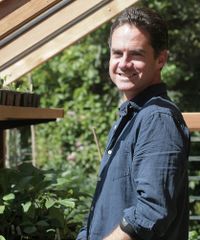
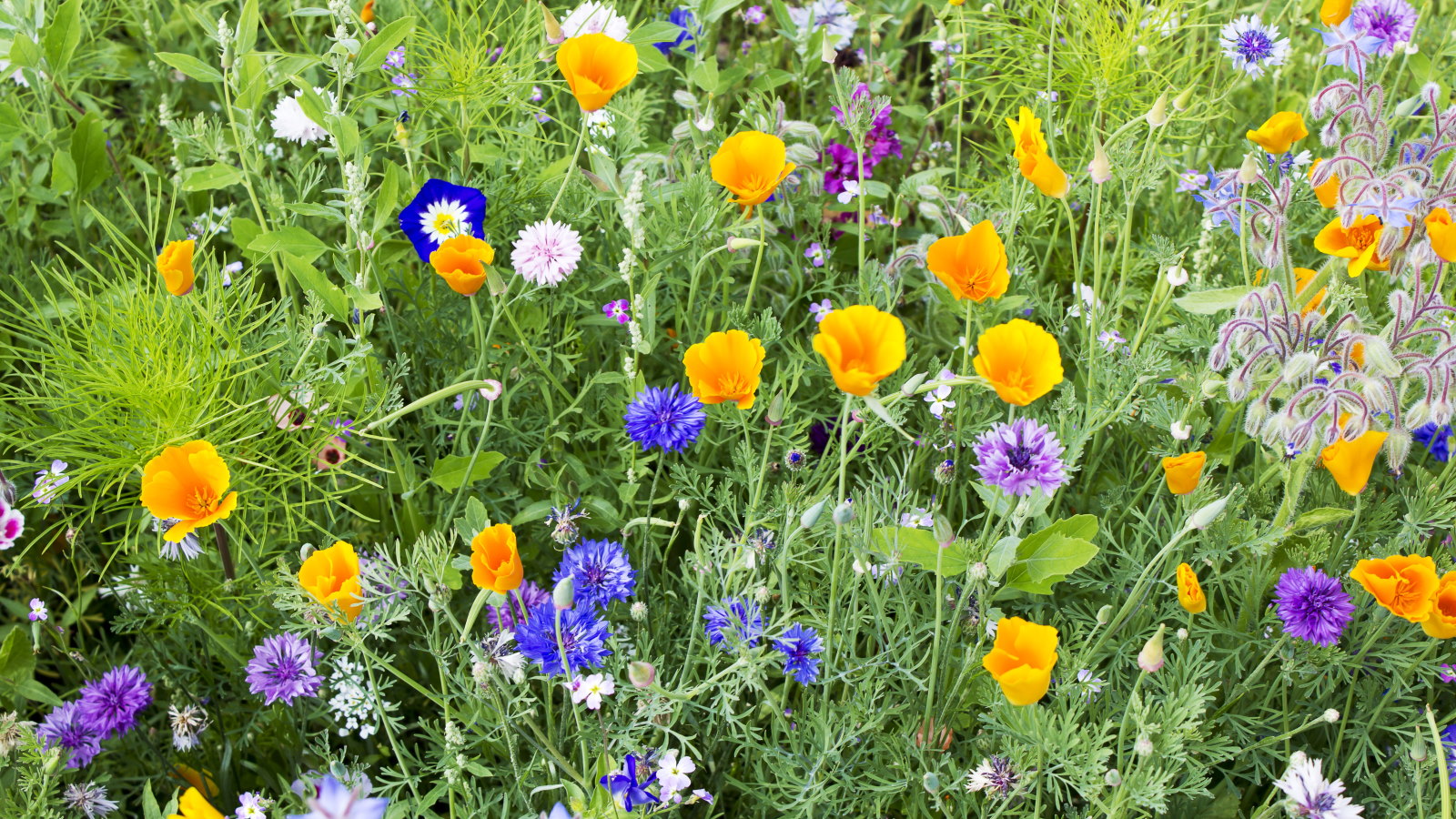
Providing instant color for only a single season, annual plants are ideal for filling a last-minute border gap or refreshing containers. Their short lifespan also makes them a suitable option for renters or those who want to add some garden interest for the short term.
However, some annual plants are quite high-maintenance and not only require frequent watering and fertilization but also cossetting from the elements and regular deadheading to keep them looking their best. Thankfully, though, there are a few annuals that thrive on neglect and perform well, even with minimal ongoing care.
Here are five annuals, recommended by leaders in their fields, that not only look great but can be left alone to their own devices, making them ideal for time-poor gardeners. Nevertheless, if annuals aren’t your thing, or you are planning a total garden overhaul, here are some other low-maintenance backyard ideas to get you thinking.
5 annuals that thrive on neglect
Although typically sown in the spring, some hardy annuals are best sown in the fall to flower the following year, and a few annuals can even be sown as late as July to bloom just a few weeks later.
Whether grown from seed or purchased ready to plant out, annuals, like perennials, need to be given the correct growing conditions to thrive. However, the following annuals that thrive on neglect, thankfully, don’t require much.
Zinnias
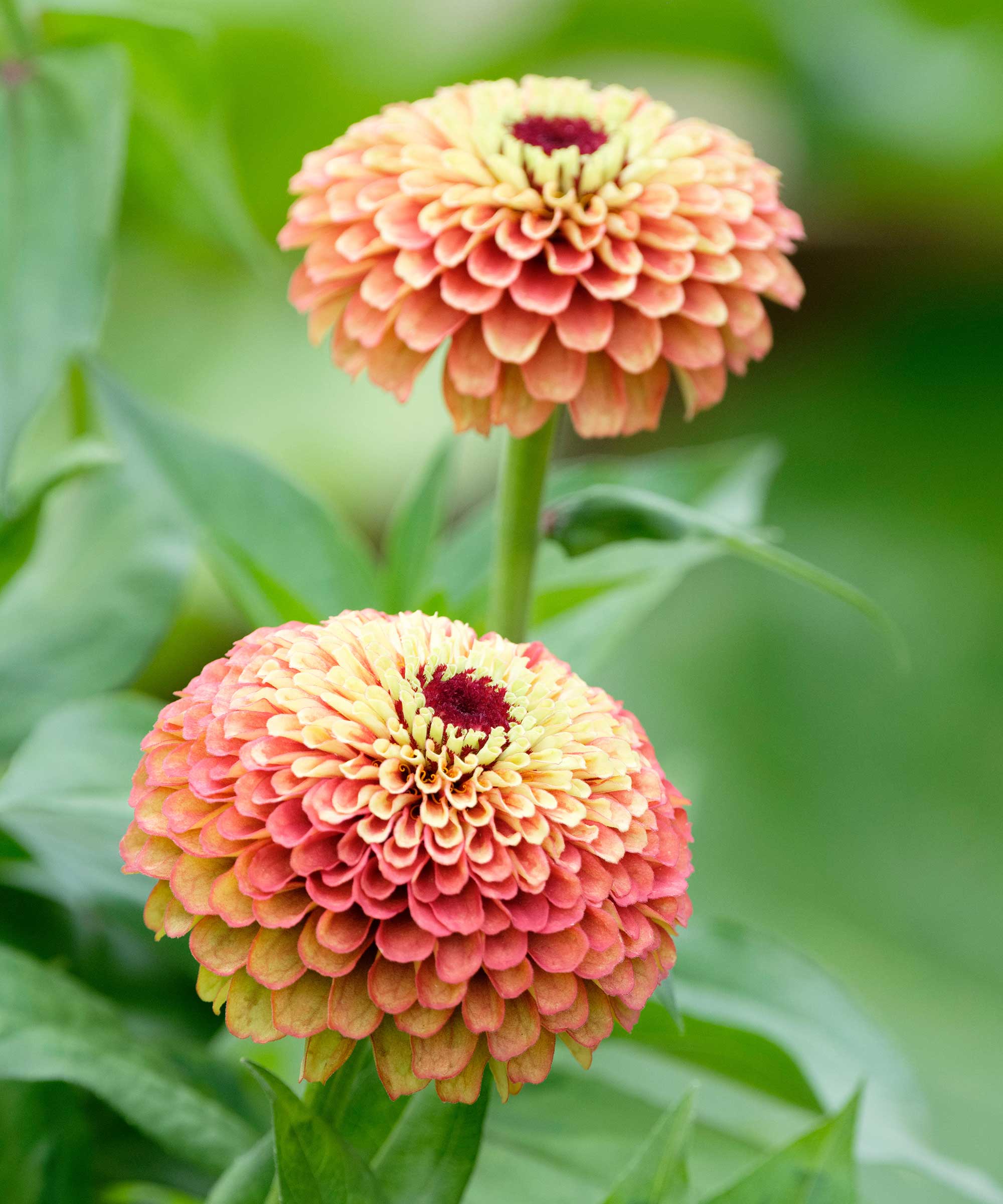
Originating from Mexico, zinnias are perfect for adding quick-growing color to a border or a container. With zinnia varieties available in dramatic reds, purples and oranges to even lime green, there is a zinnia for almost every color scheme.
A half-hardy annual, zinnias can't tolerate freezing temperatures and should only be sown or planted out once the temperatures have risen. But apart from that, ‘zinnias are drought-tolerant, pest-resistant, and bloom non-stop with little care, says Chris Link, co-owner of Plant Addicts.
Design expertise in your inbox – from inspiring decorating ideas and beautiful celebrity homes to practical gardening advice and shopping round-ups.
Disliking a site prone to waterlogging or a saturated soil, Chris advises that zinnias thrive when given ‘full sun in a well-drained flower bed or container’. Despite being tolerant of dry spells, zinnias will show signs of wilting if rainfall is limited and when moisture is required. To stop the spent flowers from going to seed and to keep zinnias blooming right up until the fall, some deadheading is needed.
Flowering in as little as 60 to 80 days from sowing, zinnias are suitable for growing as annuals in US hardiness zones 2 to 11.
Zinnia seeds and plants are available from Burpee.

Chris Link is the co-founder of PlantAddicts.com and has been in the gardening industry for over 10 years. He enjoys helping people become successful gardeners by helping them find the perfect plants for their gardens and caring for them correctly.
Sky lupins
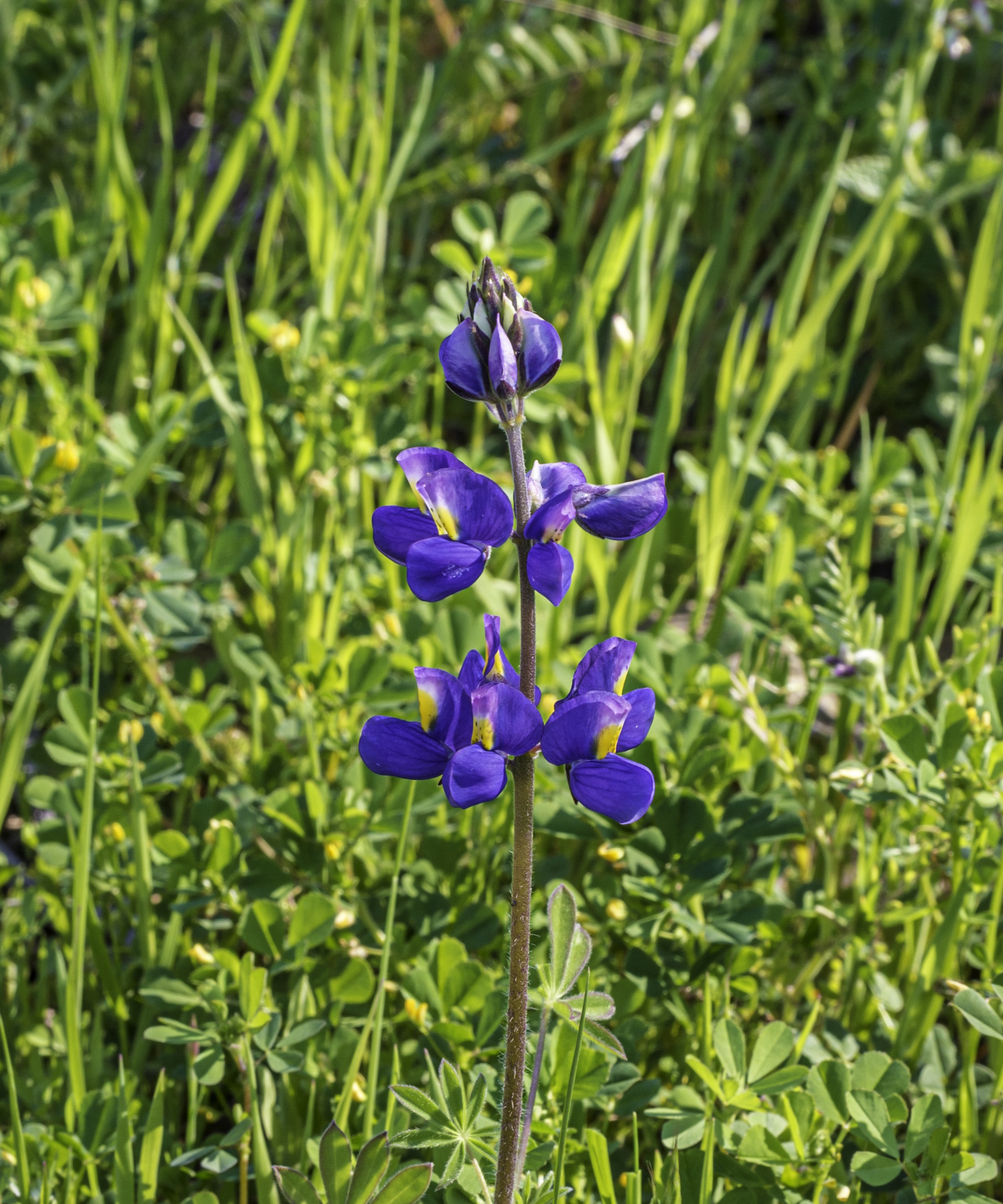
Also referred to as the field lupin, the Sky lupin or Lupinus nanus is a compact, low-maintenance annual that thrives on neglect. Native to parts of the American Southwest, ‘sky lupins are drought-tolerant, naturally striking and a beloved staple in California native landscapes,' says Shireen Zia, an award-winning garden designer and principal of EcoGardens Landscape Design.
Related to the more commonly grown perennial lupin, sky lupins produce elegant spires of blue and white pea-shaped flowers and are suitable for growing down to US hardiness zone 4.
As heat-loving plants and an ideal addition to wildlife gardens, sky lupins ‘thrive in full sun and lean soils, offer nitrogen-fixing benefits and essential habitats for pollinators,' says Shireen.
Requiring minimal ongoing care, sky lupins do not generally succumb to pests and diseases and you will only need to irrigate during long, dry spells.
Sky lupin plants and seeds are, however, toxic to both animals and humans and gloves should be worn when handling.
You can purchase Sky Lupine Seeds from Amazon’.

Shireen is an award-winning garden designer and principal of EcoGardens Landscape Design, LLC.
Sunflowers
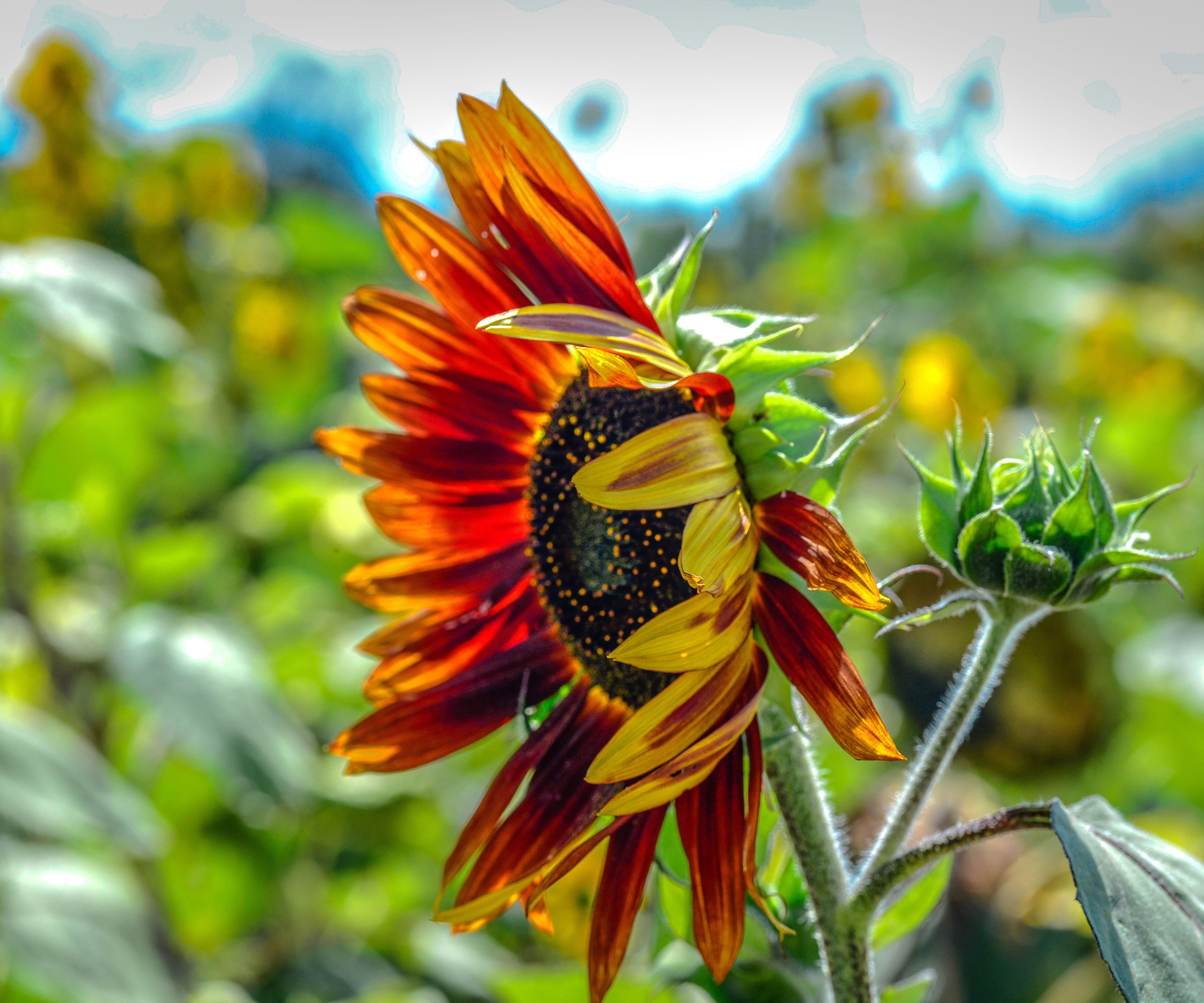
Prized for their impressive stature and colorful heads, sunflowers are a much-loved and widely grown annual. With sunflower varieties ranging from dwarf to those that tower up to 12 feet tall, Helianthus are not only available in bright yellow, but deep red, orange and brown as well.
Easy to grow, you can sow sunflower seeds undercover in modules or pots, or directly outdoors after the last frost. Due to their size, sunflowers are generally grown in the ground, but you can also grow sunflowers in pots. However, when container growing, you won’t be able to neglect them as much as they will need to be watered more frequently.
The more commonly grown annual varieties perform well in zones 2 to 11. However, some perennial sunflowers are considered cold hardy down to zone 3 or 4 and will regrow the following year.
As another annual that thrives on neglect, sunflowers ‘need very little watering once established,' says Chris Link. Furthermore, 'they thrive in poor soil and full sun and are very resilient to heat and drought.’
Best grown in as much sun as you can provide and on a free-draining soil, the only care they might need is intermittent watering, stopping slugs and snails destroying them when young and possibly staking for taller varieties.
Perhaps one of the easiest annuals to grow, it’s no wonder that sunflowers are a children’s favorite.
Sunflower seeds are available from Burpee.
Califirnia poppies
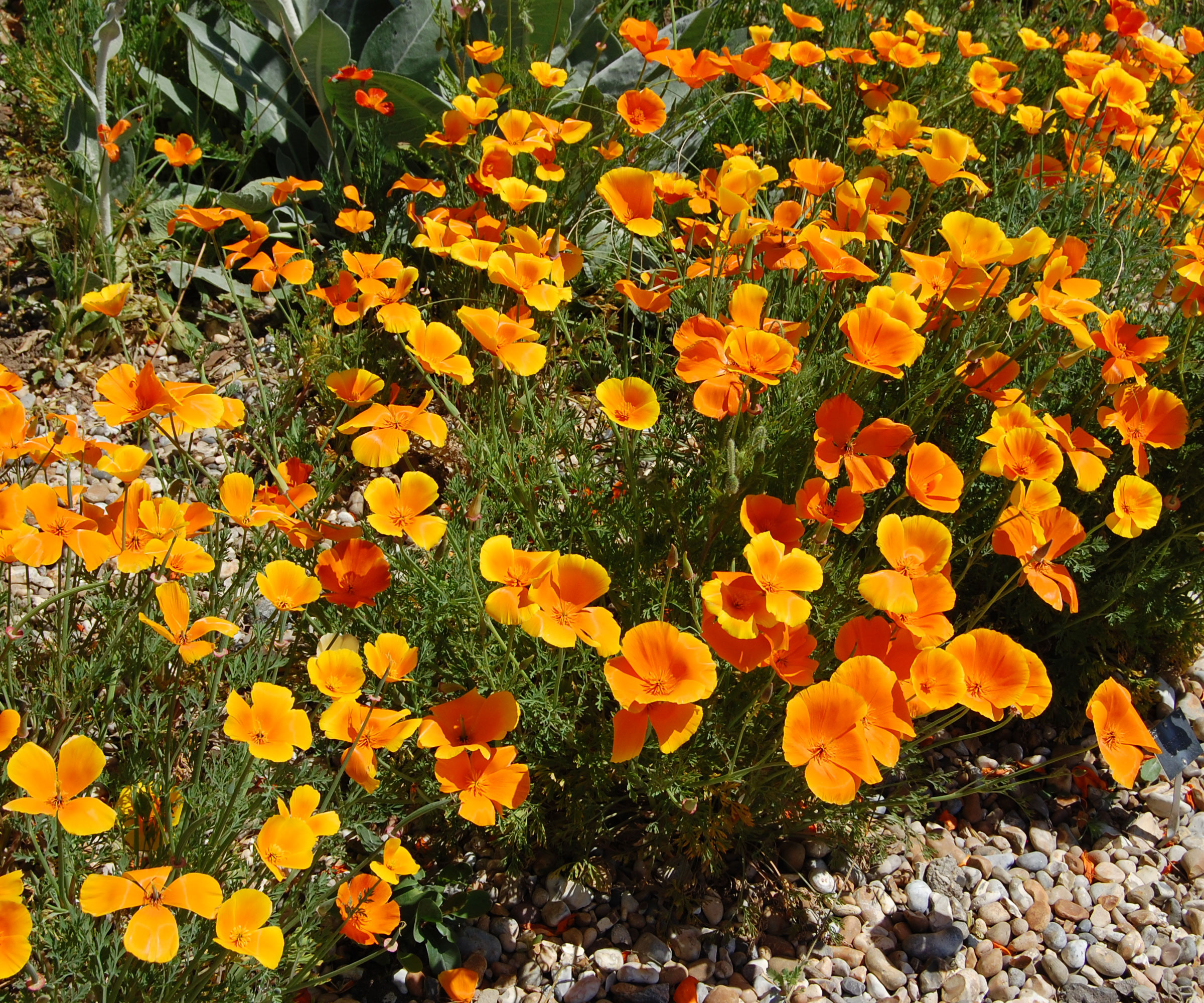
A symbol of the Golden State of California, Californian poppies, Eschscholzia californica, are celebrated for their orange-gold flowers that cover the hills in spring and are, unsurprisingly, ideal for Californian native planting.
However, they are also suitable for homeowners as ‘their silky petals and fern-like foliage bring effortless charm to meadows, borders, and pollinator gardens alike,’ says Shireen Zia.
Best sown direct in the fall or early spring, Californian poppies are a fast-growing annual. They require minimal care and are perfect for busy gardeners. When it comes to their growing conditions, Shireen advises that ‘these resilient annuals thrive in full sun and dry, sandy soils and reseed freely for year-after-year color.'
Generally grown as annuals in colder areas, they may survive as short-lived perennials in zones 8 to 10. Typical spring rainfall may well suffice, but if not, an occasional deep watering will encourage a dazzling display.
California Poppy, Yukon Gold seeds are available from Burpee.
Moss rose
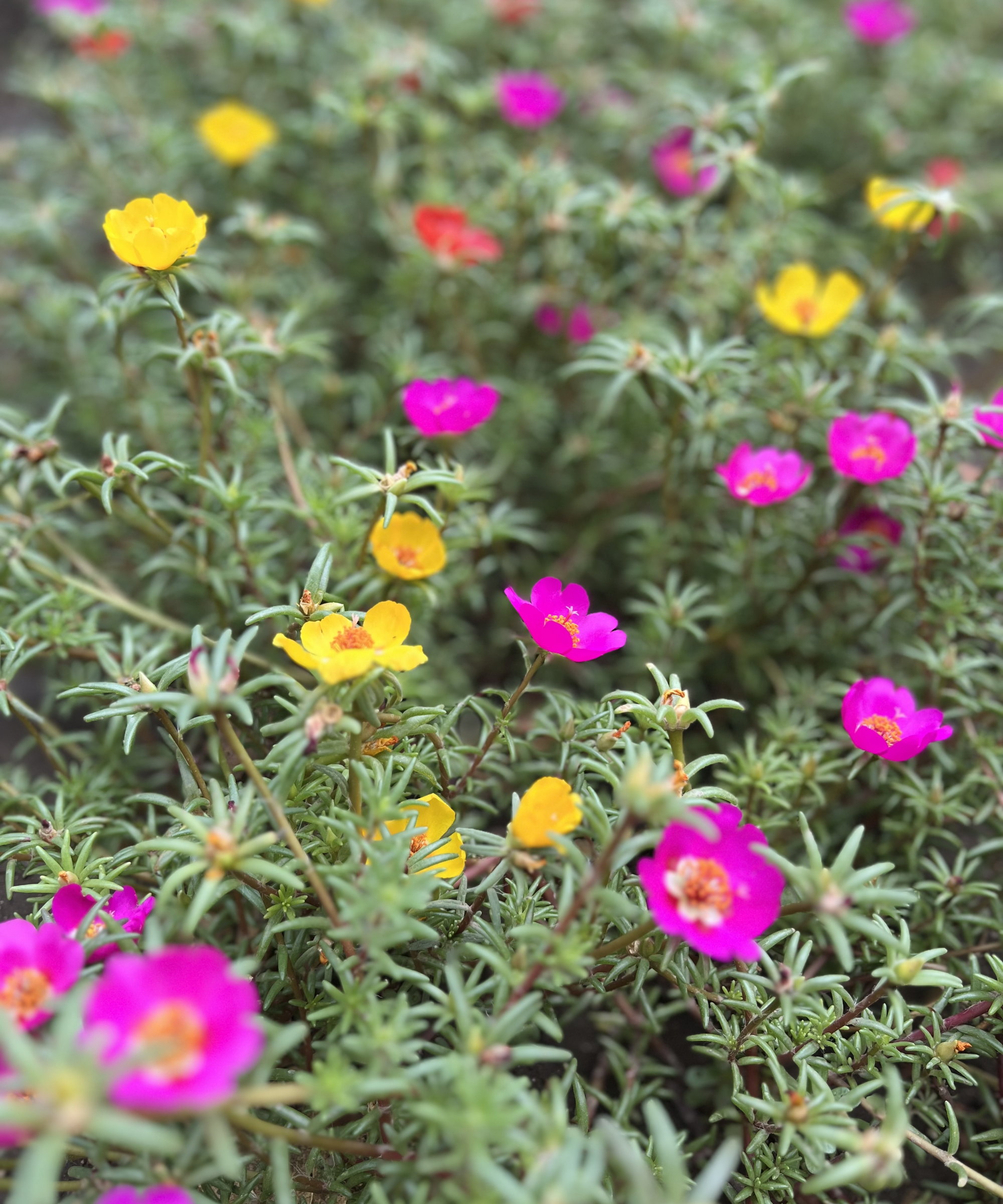
Also known as Portulaca grandiflora, the moss rose is a low-growing annual that produces single or double flowers in vibrant hues from late spring onwards. Like some other drought-tolerant plants, the moss rose has slightly fleshy, succulent leaves and can cope with prolonged dry spells once established.
A heat-loving annual that requires full sun, Shireen Zia suggests that ‘the moss rose is ideal for sunny borders, rock gardens, and containers, as it thrives in poor soil and drought conditions.’
When given these conditions, the moss rose thrives on neglect, making it a perfect plant for hanging baskets and flower pots in the sun.
A native of South America, moss roses are suitable for growing as annuals in zones 2 to 12 but are tender and will not tolerate a frost. With the arrival of winter, moss roses die back in all but the mildest of areas, but can self-seed and reappear the following spring. As a self-cleaning plant, removing the spent flowers is not strictly required. However, deadheading Portulaca grandiflora can further encourage the production of new growth and blooms.
‘This low-maintenance bloomer adds a cheerful burst of color all summer long,’ adds Shireen.
Portulaca, Color Carousel Mix are available from Burpee.
Thriving on neglect, low-maintenance plants are ideal for time-pressed gardeners or for those who travel regularly. For longer-term planting, here are 5 perennials that thrive on neglect, which will not only perform well with minimal care but impress for years to come.

Edward Bowring is a horticultural therapist and writer with a passion for gardening and the health benefits that it has to offer. With a background in occupational therapy, Edward worked within health care settings where he witnessed first-hand the healing power of gardening and has managed and run therapeutic kitchen and community gardens ever since.